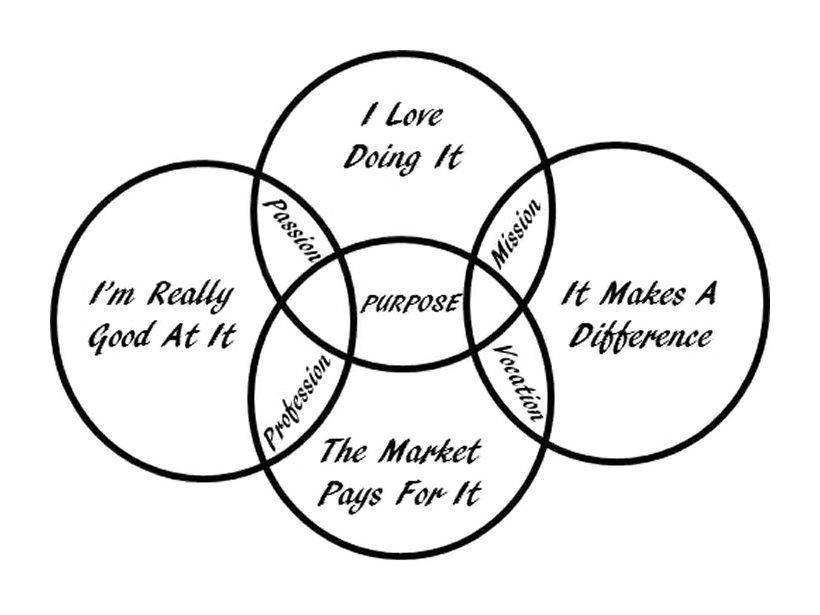Did you lose your job or decide to move on?
- Are you in transition after losing a job you wanted to keep?
- Have you stayed too long in a job you would rather lose?
- Would you like to do purpose-driven work you care about deeply?
- Are you considering a career change?
- Are you a “Hard-to-Define Professional” with many transferable skills that are not easily categorized into a single, clearly defined vocation?
Inventive Career Transitions
These scenarios present opportunities to reinvent your career and find work you love. As you create your next career move, here are things to keep in mind about today’s job market. Learn more about conducting a successful job search in Losing Your Job & Finding Yourself.
Job Hopping: The New Normal
Your views about employer-employee relationships and loyalty might be based on endless waves of downsizing that have taken place since 2008. Believing anyone could be laid off at any time has led to a “free-agent” mentality across generations. A common way of thinking is “happy to stay; ready to go”—prepared to market yourself for new opportunities at a moment’s notice.
According to 2016 data from the Bureau of Labor Statistics, median tenure with current employers was 4.2 years. While names and date ranges for generations vary by source, many studies report that the majority of Millennials (born 1977-1998) expect to stay in their jobs less than three years. This means they could have 15 to 20 jobs during their careers. Workers between the ages of 55 to 64 have averaged 10 years in each job, and many have changed jobs multiple times after age 48 due to one or more layoffs.
Contractor Mentality: Goes Both Ways
With job security redefined, each of us must maintain our employability. Rather than expecting companies to employ us for life and manage our training and career development, it’s up to us to take charge of our professional progression and keep our skills up to date.
Many companies are hesitant to add to their “permanent headcount,” relying more heavily on contractors. Using contractors allows employers to flex staffing levels up and down without the complexities that come with laying people off. Even before the Affordable Care Act (ACA) took effect in 2014, companies used contractors and part-time employees to avoid the high cost of health insurance premiums for full-time employees.
Using contractors is a great way for companies to “try before they buy.” They can test drive potential new hires to avoid mistakes—and employees can decide if the company is a place we want to work.
Also from the employee perspective, we might avoid getting emotionally over invested in long-term employment situations that could evaporate at any moment. At the same time, an independent contractor mentality motivates many of us to add as much value as possible in each place we work.
The Next Move is Yours
In today’s job market, we benefit from deciding where we sell our services as “Me, Inc.” Portfolio careers with several concurrent employment arrangements are a growing trend. It’s increasingly common to have a central anchor that provides steady income, with several satellite endeavors—freelance and/or contract assignments that change over time.
Your next move is up to you. It could be any combination of full-time, part-time, or freelance arrangements. Perhaps you’ll join over 50 million Americans who are freelancing—most of them by choice.
Whichever work scenarios you want to create—ideally, to find work you love—you must conduct effective job searches. Learn how by reading Losing Your Job & Finding Yourself.
